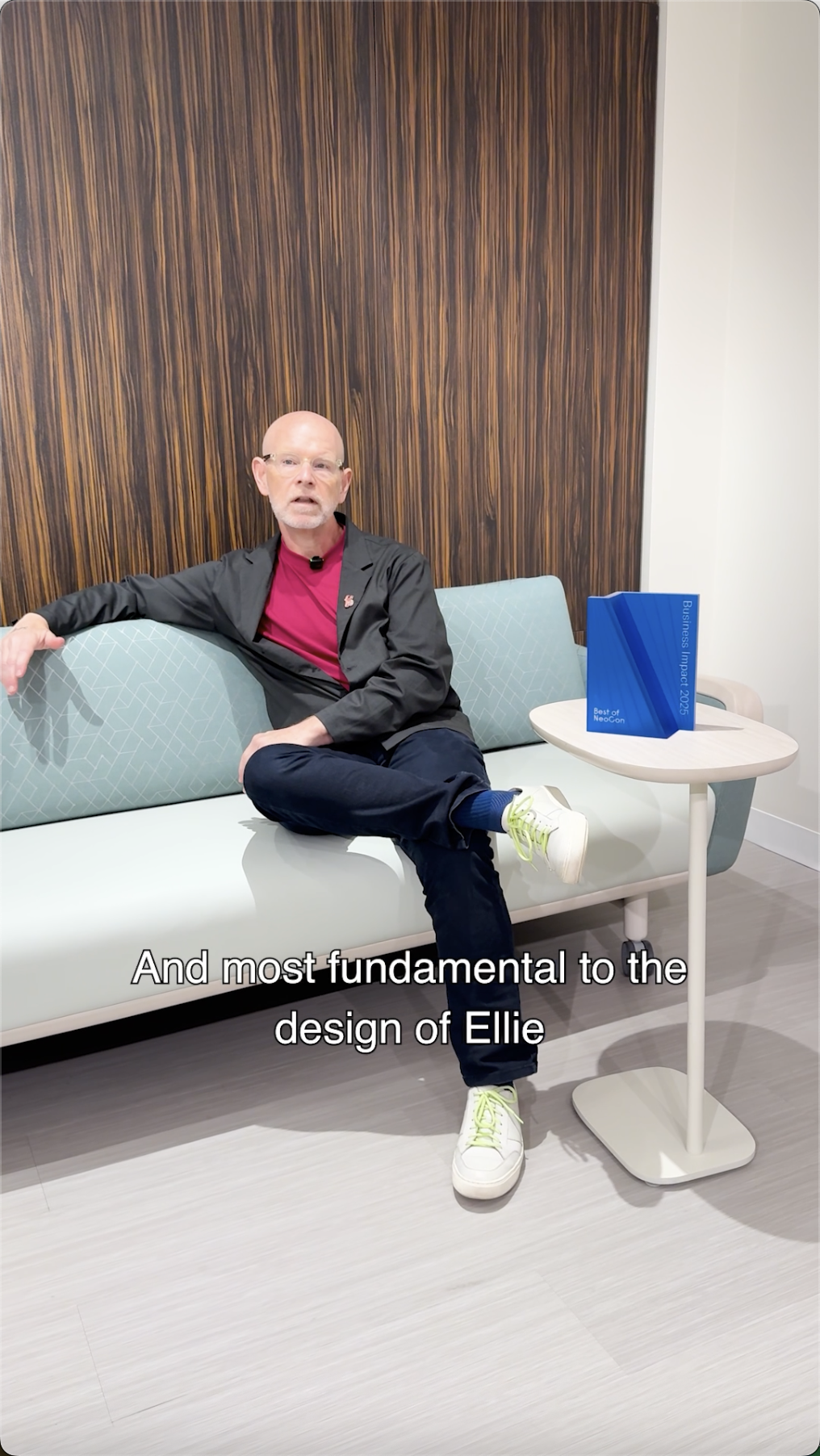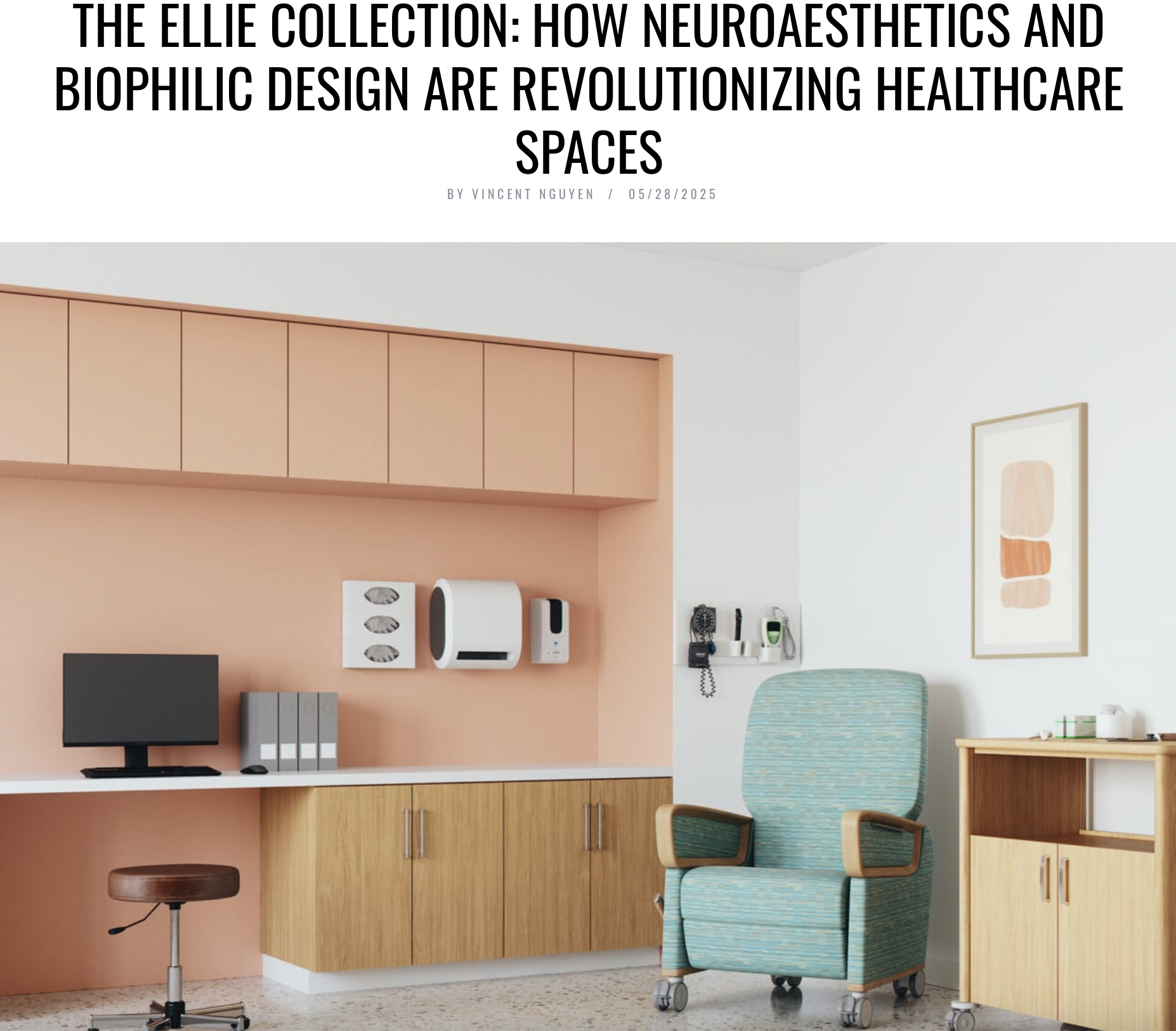The question goes, “Do you think a guy that ran a furniture company is the right pick to steer Ford through the coming upheaval?”
As a younger designer, I said I could never work inside a company. Straight out of school, my wife and I opened our Brooklyn-based design studio, which we ran for 11 years, until a beloved friend and design ethicist said I needed to move to Grand Rapids to design for and learn from Jim Hackett. So I did. At that time, Jim was the CEO of Steelcase. Once inside his company, it didn’t take long to realize why this beloved friend and design ethicist wanted me to learn from this creative servant leader. Jim has since become a caring mentor and role model. He is a passionate advocate for design, so I’d like to offer my unauthorized, design-based perspective on why “a guy that ran a furniture company is the right pick to steer Ford.”
It’s all about how Jim sees. Discussing the decision to name Jim as Ford’s new CEO, Bill Ford said something to the effect, “Jim sees the future and he knows how to talk about it.” Wizardry! I’ll chase a bit of magic from the world by confessing that Jim isn't a wizard who sees the future — he is a systems thinker who sees emergence within systems.
“The phenomenon of emergence takes place at critical points of instability.” These points of instability introduce novelty (disruptions) in the system. To system thinkers capable of seeing the meaningful patterns in complex systems, emergent phenomena are opportunities to innovate. And if that’s not good enough, these opportunities are networked in patterns that give instructions on how to responsibly and desirably design for these novel conditions. That pattern network provides insights into emerging needs, roles, burdens, and behaviors — the guideposts and guardrails of great design. This is how Jim sees, so instead of being blindsided by and reacting to “external” disruptions, he recognizes opportunities for today’s innovation that will address tomorrow’s needs.
Linear, historically-derived thinkers simply don’t see the interconnected system as the grounds for insight-driven innovation, so they can’t see the opportunities. Many people who recognize the value of systems thinking still are overwhelmed by what they perceive as a chaotic mess of seemingly discrete data points and “things.” A systems perspective doesn’t focus on the things: It focuses on the relationships between things, and that brings orderliness to the chaos and reveals meaning inherent in the mess. This is why Jim will humbly and honestly say, “I’m comfortable in complexity” and is able to embrace the largest overall system (life context).
A CEO who sees the interconnections and interdependencies between the local (furniture, mobility, any vertical) and the apparent “externalities” can:
Welcome the messy world into the problem frame
Leverage emergence as opportunity for meaningful difference
Increase a company’s circle of empathy to include the system and its parts (3Ps)
Increase the diversity and quantity of possible solutions
Remain open to providing any right solution that fits within the overall pattern in a way that contributes to the betterment of system and people
Essentially, a company that uses this approach co-evolves (or co-designs) their offerings with the system, which increases the likelihood those offerings will fit healthfully within that evolving system; the system being the individual’s (or customer’s) life now, near, or in the further future. Wizardry!
Jim’s real value is that he is not a “furniture guy” or a “car guy” (though he very rigidly and inflexibly is a UofM guy). His expertise is the ability to recognize relevant meaning outside of a narrow industry focus. It’s a value Richard Saul Wurman attributed to the Eameses (though, he seems to only reference Charles):
“Sell your expertise and you have a limited repertoire. Sell your ignorance and you have an unlimited repertoire. He was selling his ignorance and his desire to learn about a subject. The journey of not knowing to knowing was his work.”
It’s not that the Eamses were ignorant about everything. They were experts in seeing relationships and what is meaningful throughout the system and across industries (closer to the truth, they were experts at that which is at the core of everything). That expertise allowed them to productively play in any industry and it is the same for Jim.
It’s not wizardry and not at all descriptive to name it “out of the box” thinking. What makes Jim Hackett the right pick for a company dedicated to innovation is the way he sees. Ford’s new systems-thinking CEO brings the world into the problem frame and recognizes emergent phenomena, which is a bland and prosaic way of trying to communicate something that really belongs in the poetic realm:
To see a World in a Grain of Sand
And a Heaven in a Wild Flower
Hold Infinity in the palm of your hand
And Eternity in an hour
William Blake
Von Robinson is an Associate Professor of Design at the College for Creative Studies in Detroit. With his wife, Miho Suzuki, he leads Play Orbit Studio, a design consultancy based in Ann Arbor.












